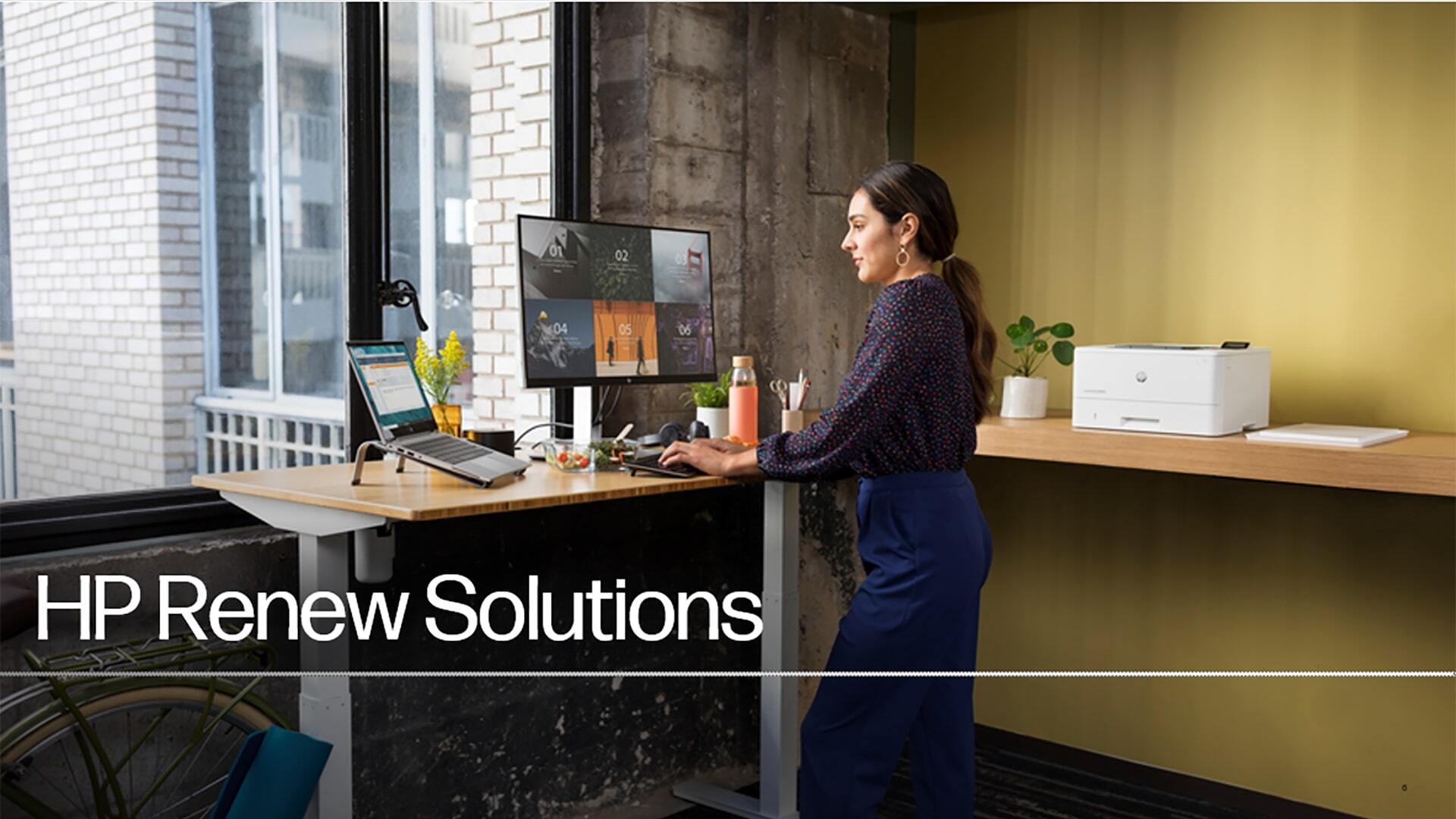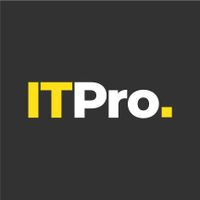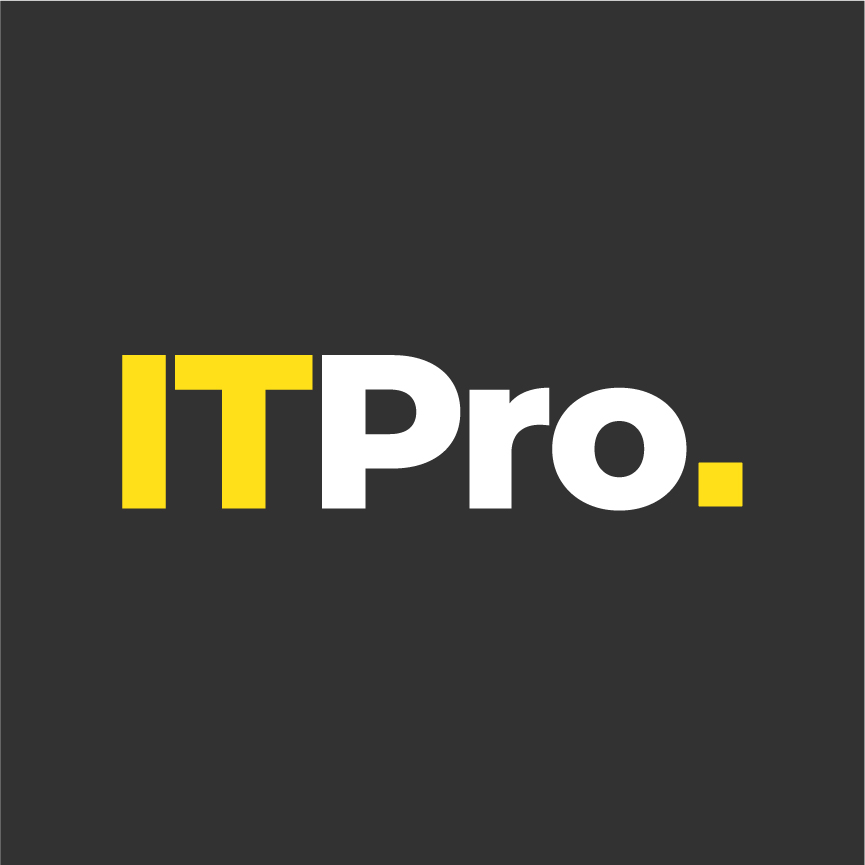Sponsored by HP
The IT industry’s shift to circular, low-carbon solutions
Maximize your hardware investment and reach your sustainability goals with HP’s Renew Solutions

Circular IT is part of the circular economy where we reuse and refurbish our hardware for the benefit of our planet. However, many businesses also realize it is a viable business strategy for reducing costs and increasing flexibility over their hardware stock.
The so-called ‘take, make, waste’ model is rightly being shunned in favor of low-carbon solutions. Hardware is now being designed to enable refurbishments later down the line – with more sustainable ways to fix and replace components. And the shift is being led by businesses.
For Grant Hoffman, SVP Operations & Portfolio, HP Solutions, four reasons drive demand for refurbished IT. They are sustainability, government legislation, cost, and flexibility.
Sustainability targets have been implemented by both environmentally conscious businesses and their respective governments’ new regulations.
Cost and flexibility, on the other hand, speak to more traditional pressures that businesses operate under; the balancing of budgets and the needs of their workforces. However, in today’s world, the four reasons that Hoffman cites can be married together when purchasing new office hardware, like printers and PCs.
“Cost for us is a big deal as it comes up in every deal,” he says. “As much as somebody will say, hey, I'm all about sustainability, the real question they’re going to ask is ‘what's the cost of this device?’”
“And on flexibility; there are a lot of folks that just do not want to invest in a new unit. The idea is that they can have a renewed device for a little bit lower cost, and they can have the flexibility on when. Not everything is ‘I must sell you the device’. In some of these cases, it's through a managed offering. We can do that as well. So flexibility is also really important.”
HP Renew Solutions
In many ways, HP is the industry leader for circular IT. As Hoffman puts it, the company wants to be “the most just and sustainable tech company” and that ethos is in its DNA. And its Renew Solutions division is a very clear example of that mission.
He adds: “What we're hoping our customers are seeing is that the user experience is just as good as new. It looks good. It works. The battery is strong. The performance is good. Making sure we don’t have a drop in that quality is super important for HP.”
When it comes to refurbishing a device, battery life is key. For HP, the goal is seven years. That’s how long it would take for a device to be used. While five years is the industry standard for hardware upgrades, partly due to the demands of software development and security patches, HP wants that little bit longer with its Renew Solutions program.
“It 100% depends on the way the device comes in,” Hoffman explains. “If somebody used the device for a month, we get it back and it's largely just a case of cleaning, wiping the BIOS, making sure it's secure, has all the proper controls. You don't need a new battery if the device is only a month old.”
However, if a device is three years old, more often than not it will get a new battery. If it has any kind of screen issues, such as a scratch, HP will put a new polarizer on it – this is the layer on the outside of the screen. And that is part of a full cosmetic uplift, which includes little details, such as the logo on the lid, or any detailed insignia on the sides. If the keyboard starts to get a little shiny, HP will also bring that back to a ‘like new’ condition, with replaced keys and so on.
“It’s amazing how the device comes out when it’s refurbished, it's almost difficult to tell if it's a new unit or if it's a renewed one,” Hoffman adds.
“When you go through and you redo the keys and the touchpad, it's got a beautiful-looking screen, and the battery is back to almost what it was when the device was new. When you're the user of the device and you open it up, it's very difficult to tell; we do what we call the Pepsi challenge where you can compare new versus renewed – testing whether we can tell which is which.”
The circular IT supply chain
Much like a new fleet of devices, the channel is a vital part of HP’s renewed products. From official resellers to HP-approved repair centers, the company treats its renewed devices with the same importance as its brand-new products – which will eventually become the renewed ones.
“There's a lot of folks that refurbish HP PCs, there's a big market for it,” Hoffman points out. “There are standards for it, and we have our own quality standards that are equal to a new device. So you'll end up with a unit that really works.”
With its Renew Solutions offering, HP deploys a vast network of global service centers to refurbish its products. What’s more, these are the same service networks that fix HP devices – they use both to fix and refurbish – there's no separation. When a customer has an issue, the person they call will be the same team that answers the calls if it is for a new device.
“There is no outsourcing, it is truly the same experience that you get if you have a warranty or an issue with a new device,” Hoffman explains. “It is the same experience you'll have if you have a renewed device.”
For more information on how you can maximize your hardware investments and hit your sustainability targets, visit HP Renew Solutions.
Sign up today and you will receive a free copy of our Future Focus 2025 report - the leading guidance on AI, cybersecurity and other IT challenges as per 700+ senior executives
ITPro is a global business technology website providing the latest news, analysis, and business insight for IT decision-makers. Whether it's cyber security, cloud computing, IT infrastructure, or business strategy, we aim to equip leaders with the data they need to make informed IT investments.
For regular updates delivered to your inbox and social feeds, be sure to sign up to our daily newsletter and follow on us LinkedIn and Twitter.
-
 Trump's AI executive order could leave US in a 'regulatory vacuum'
Trump's AI executive order could leave US in a 'regulatory vacuum'News Citing a "patchwork of 50 different regulatory regimes" and "ideological bias", President Trump wants rules to be set at a federal level
-
 TPUs: Google's home advantage
TPUs: Google's home advantageITPro Podcast How does TPU v7 stack up against Nvidia's latest chips – and can Google scale AI using only its own supply?

